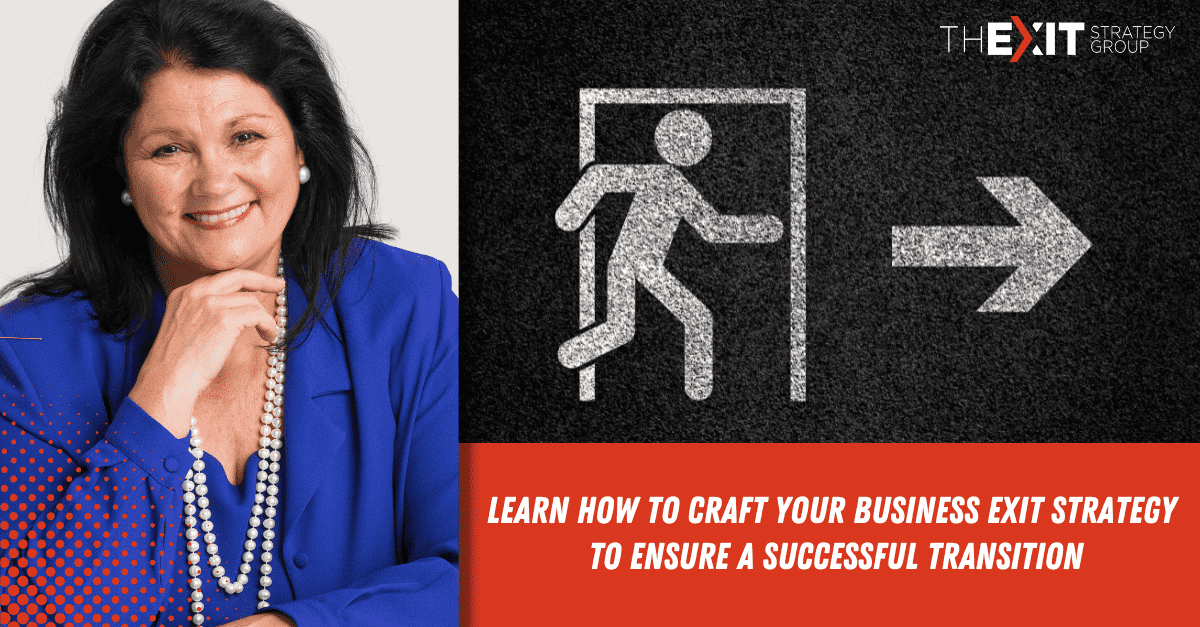Crafting Your Business Exit Strategy: A Roadmap to a Successful Transition

Exiting a business is a significant milestone that requires careful planning and consideration. Whether you’re retiring or moving on to new ventures, having a well-designed exit strategy is crucial for ensuring a successful transition. This article will provide a comprehensive guide to help you craft an effective exit plan, maximising the value of your business and navigating the process with confidence.
Assessing Your Business’s Value:
The first step in creating an exit strategy is to assess the value of your business. Conduct a thorough evaluation of your financial statements, assets, intellectual property, customer base, and market position. Consider engaging professional valuation services to get an accurate understanding of your business’s worth. This evaluation will provide a baseline for negotiating a fair deal and determining your desired sale price.
Identifying Potential Buyers or Successors:
Once you have a clear understanding of your business’s value, start identifying potential buyers or successors. Consider whether you want to sell to an external buyer, pass the business down to family members, or groom a management team to take over. Network within your industry, consult with business brokers, or explore online marketplaces to find potential buyers. If you plan to transition the business internally, identify and develop key employees who have the skills and passion to continue the business’s success.
Structuring the Sale or Transfer of Ownership:
Next, determine the most suitable structure for the sale or transfer of ownership. Options may include an outright sale, a partial sale with a gradual transition, or even merging with another company. Consult with legal and financial professionals to understand the tax implications, legal requirements, and financial considerations associated with each structure. Carefully evaluate the terms and negotiate a favourable agreement that aligns with your goals and protects your interests.
Addressing Legal and Financial Considerations:
Exiting a business involves various legal and financial considerations that must be addressed to ensure a smooth transition. This includes reviewing contracts, leases, licences, and permits to identify any obligations or transferability issues. Seek professional guidance to navigate legal complexities and ensure compliance with regulatory requirements. Additionally, consult with a financial advisor to optimise your financial position, minimise tax liabilities, and create a plan for managing the proceeds from the sale.
Planning for Business Continuity:
As you prepare to exit your business, consider the continuity of operations for your employees, customers, and suppliers. Develop a detailed succession plan that outlines the roles and responsibilities of key personnel during the transition period. Communicate your plans to stakeholders in a timely and transparent manner to minimise disruptions and maintain strong relationships. By addressing these factors, you can safeguard the long-term success and reputation of your business.
Embracing Life Beyond the Business:
Lastly, as you navigate the process of exiting your business, it’s essential to plan for your life beyond entrepreneurship. Consider your personal goals, passions, and aspirations for the next phase of your life. Explore new interests, hobbies, or entrepreneurial opportunities that align with your values and bring you fulfilment. Embrace the potential for personal growth and a balanced lifestyle as you transition into this new chapter.
Crafting a well-designed exit strategy is a critical step in ensuring a successful transition out of your business. By following the steps outlined in this article and seeking professional guidance when needed, you can maximise the value of your business, facilitate a smooth transfer of ownership, and embark on the next phase of your life with confidence and optimism.



Recent Comments